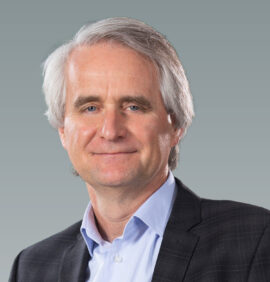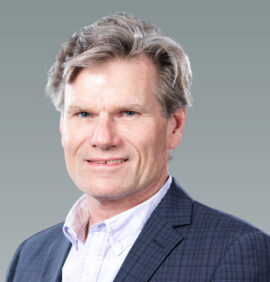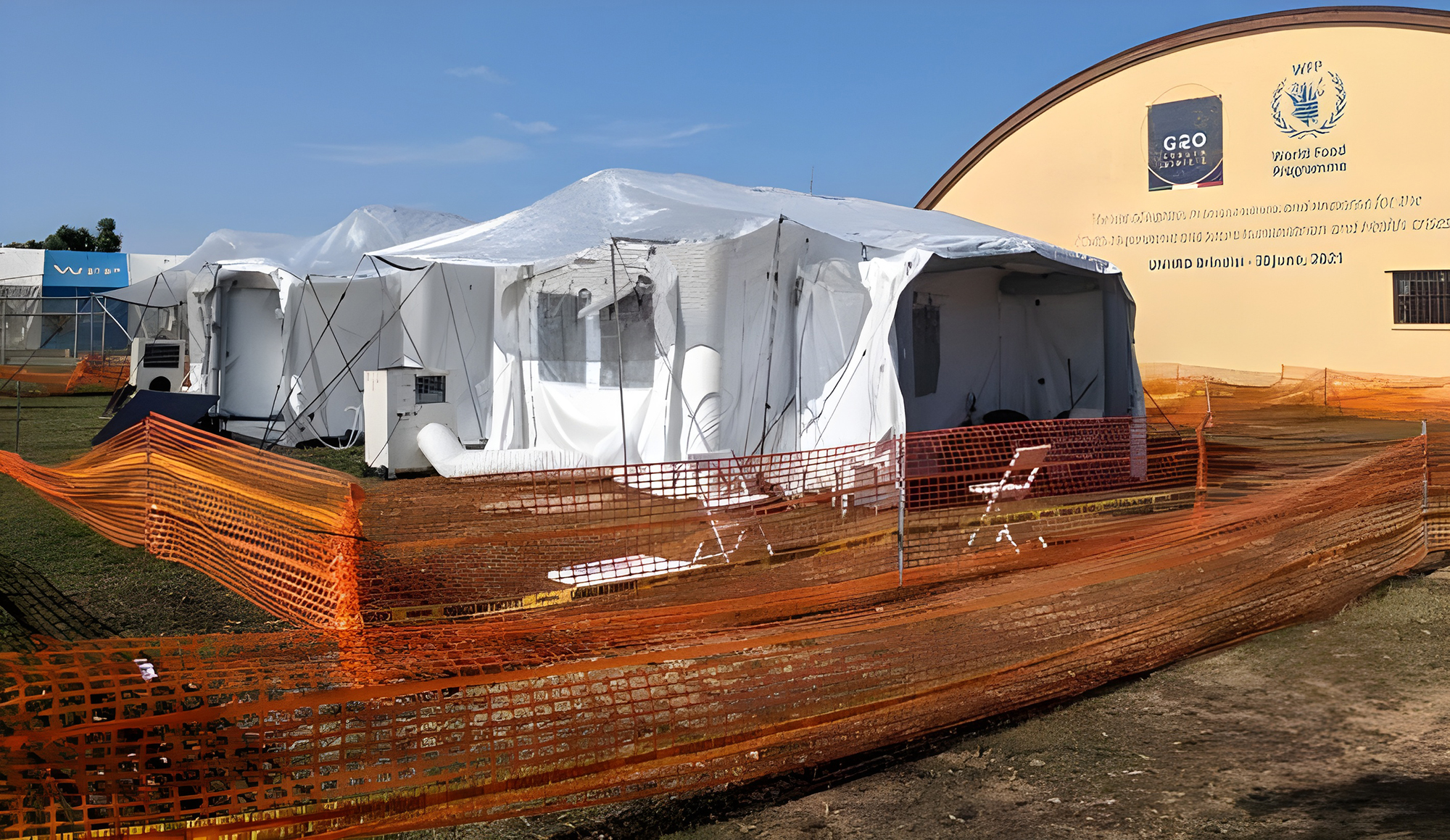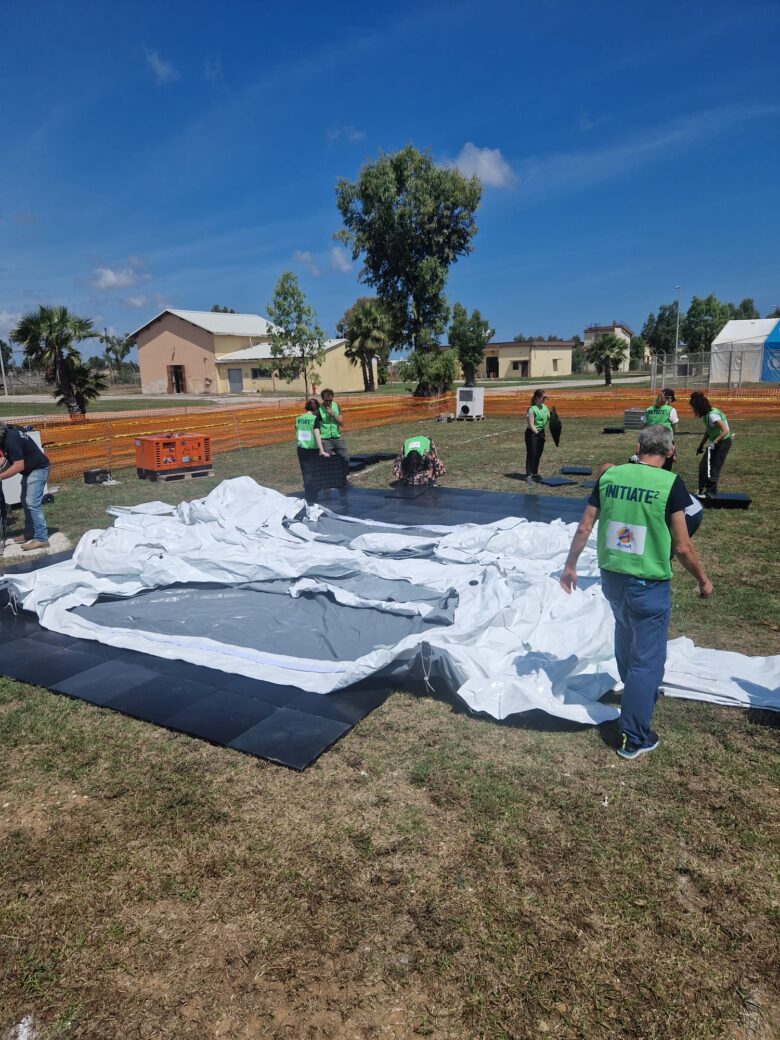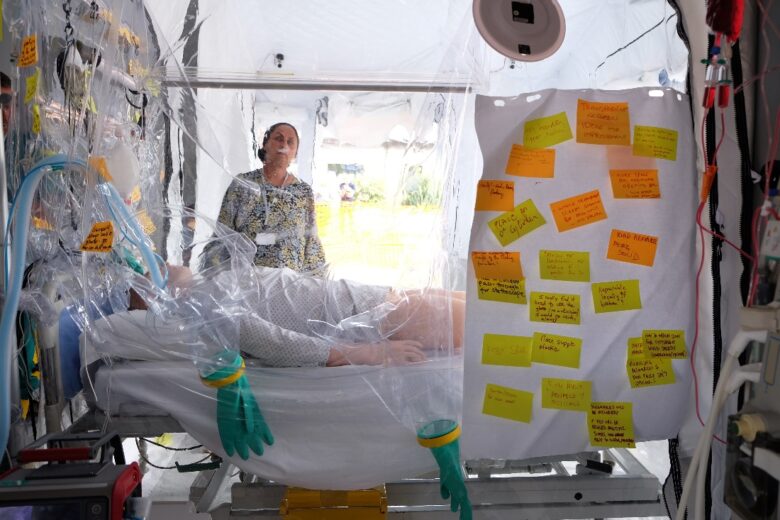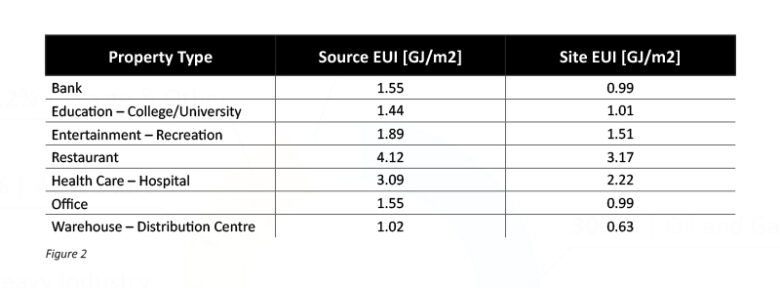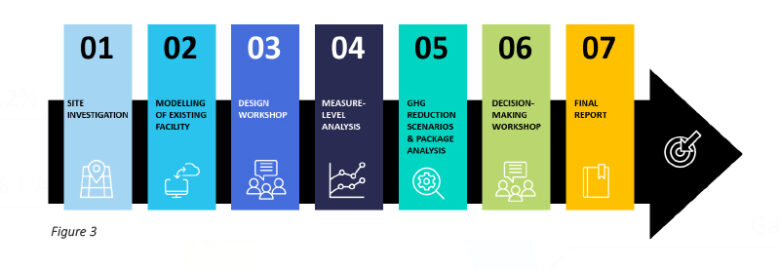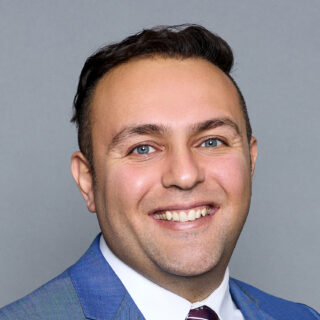
HH Angus est fière d'avoir une fois de plus été reconnue parmi les sociétés les mieux gérées au Canada en tant que member Or.
C’est la septième année consécutive que nous sommes reconnus parmi les sociétés les mieux gérées au Canada, grâce à nos performances constantes et notre vision à long terme.
Le programme des sociétés les mieux gérées au Canada (CBMC) est l’un des principaux programmes de distinction des entreprises du pays, qui reconnaît les entreprises novatrices et de classe mondiale. Célébrant plus de 30 ans d’existence, le programme CBMC reconnaît l’excellence des performances d’ensemble et de la croissance des meilleures entreprises canadiennes, dont le chiffre d’affaires est égal ou supérieur à 50 millions de dollars.
« Les lauréats des sociétés les mieux gérées de 2025 illustrent les normes canadiennes les plus élevées en matière d’innovation, d’adaptabilité et de leadership audacieux, » a déclaré Derrick Dempster, associé, Deloitte Sociétés privées, et co-responsable du programme des sociétés les mieux gérées au Canada. « Leur ambition inébranlable, leur détermination et leur agilité stratégique leur ont permis de rester compétitives sur la scène internationale, créant ainsi une croissance économique durable dans un marché mondial en constante évolution. »
Pour obtenir cette distinction, les entreprises sont évaluées sur leur leadership en matière de stratégie, de culture et d’engagement, leurs capacités et leur innovation, leur gouvernance et leurs performances financières. Paul Keenan, président de HH Angus, a commenté la distinction reçue aujourd’hui : « Être nommée l’une des sociétés les mieux gérées reconnaît la valeur de notre gestion rigoureuse des opérations quotidiennes, de notre planification minutieuse à court et à long terme de l’avenir de l’entreprise, ainsi que notre capacité à identifier les occasions de croissance dans des secteurs, des services ou des régions géographiques. Nous sommes très honorés et très heureux d’être à nouveau reconnus par le programme des sociétés les mieux gérées. »
HH Angus jouit également d’une solide culture d’entreprise qui valorise et célèbre l’innovation, l’excellence technique et le dévouement au service de la clientèle. Notre équipe, composée d’environ 450 professionnels répartis dans nos bureaux de Vancouver, Calgary, Toronto, Ottawa et Montréal, se consacre entièrement à la réalisation d’une vaste gamme de projets fructueux au Canada et à l’échelle internationale afin d’aider nos clients à atteindre leurs objectifs. Ils partagent l’intérêt croissant de l’entreprise pour la décarbonisation de l’environnement bâti au profit de l’environnement et fournissent une large gamme de services pour soutenir le développement de villes intelligentes et durables. Le fait de remporter la distinction des sociétés les mieux gérées année après année témoigne de leur engagement et de leur loyauté, ainsi que du rôle essentiel qu’ils jouent dans le succès de HH Angus.
Nous reconnaissons également que la distinction du prix des sociétés les mieux gérées ne serait pas possible sans la confiance et la fidélité de nos précieux clients. Nous apprécions le rôle important qu’ils jouent dans le succès de HH Angus.
L’année 2025 marque la 106e année d’activité de HH Angus. Le fait que l’entreprise soit prospère et mérite cette distinction après plus d’un siècle d’activité témoigne d’une tradition de leadership ingénieux, résilient et innovant. Forts de plus d’un siècle de succès, nous continuons à renforcer l’entreprise afin de relever les défis et saisir les opportunités de demain.



